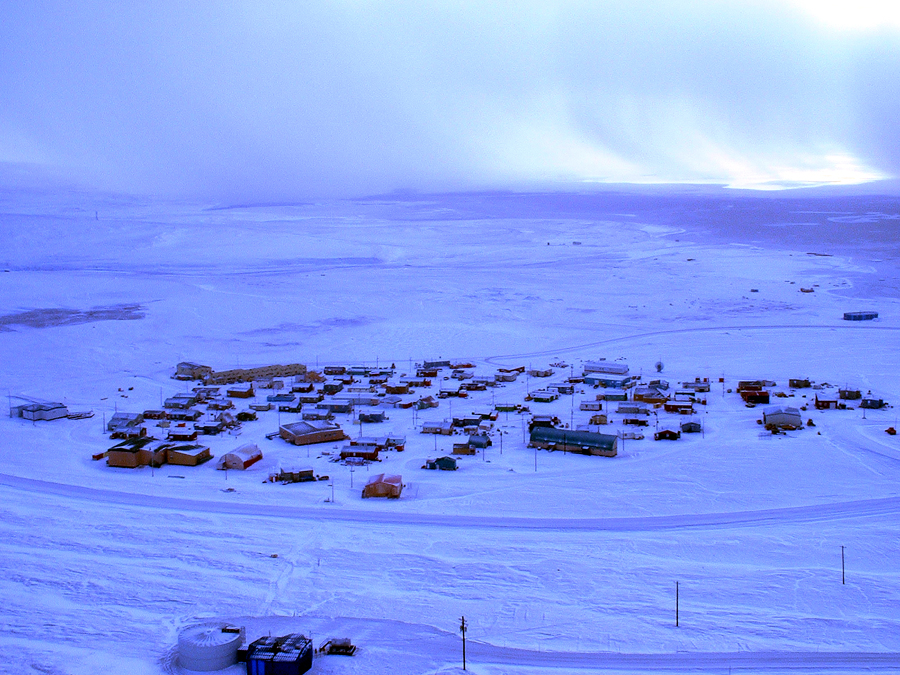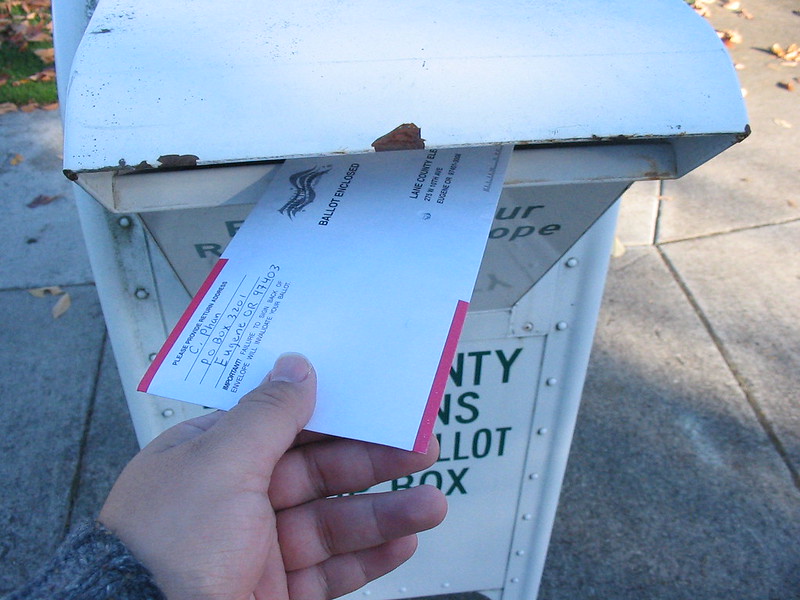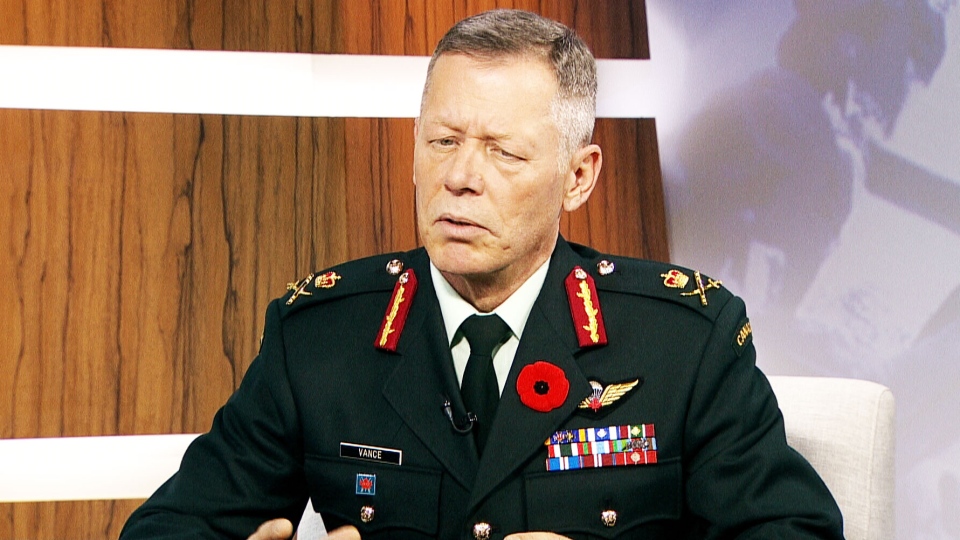Described by some commentators as a ‘hyperpower’, the United States remains dependent upon a sensitive network of bases to project its influence. When any of these bases come under threat or are unexpectedly closed, it greatly undermines the capacity for the US to protect its interests abroad. For example, when Kyrgyzstan demanded the closure of Manas Airbase, an important component of the US’ logistical networks for the intervention in Afghanistan, American officials struggled to find new ways of delivering supplies to the International Security Assistance Force (ISAF), such as sending convoys north from neighbouring Pakistan and flying in equipment from Riga, Latvia.
 While Canada does not aspire to be a global power, capable of mounting large-scale military interventions anywhere in the world, it is faced by several security challenges in its Arctic. Rival claims by such actors as Denmark and the Russian Federation have made it apparent that the Canadian Forces need a network of bases from which an effective response can be launched to any violent incursion into Canadian territory. However, public awareness of these bases is currently quite limited; a visit by David Johnston, the Governor General of Canada, to Canadian Forces Station (CFS) Alert in January 2015 was met with surprise by the media.
While Canada does not aspire to be a global power, capable of mounting large-scale military interventions anywhere in the world, it is faced by several security challenges in its Arctic. Rival claims by such actors as Denmark and the Russian Federation have made it apparent that the Canadian Forces need a network of bases from which an effective response can be launched to any violent incursion into Canadian territory. However, public awareness of these bases is currently quite limited; a visit by David Johnston, the Governor General of Canada, to Canadian Forces Station (CFS) Alert in January 2015 was met with surprise by the media.
Annual exercises, such as the Canadian Forces’ Operation Nanook, go some way toward making Canada’s active presence in the Arctic less of a surprise to all parties. But the importance of logistics cannot be stressed enough. CFS Alert, while the most northerly military facility in the world, is almost exclusively employed by Air Command for signals intelligence. It is not equipped to house a significant number of military personnel and could not be used as a staging point to mount a response to an incursion by foreign military forces.
There is significant potential to develop a permanent military presence in Resolute Bay in Nunavut. When launching recent editions of Operation Nanook, this small community and its airport have served as a staging point for some 1,100 Canadian Forces members. In 2011, it was revealed that the Royal Canadian Air Force (RCAF) had considered investing in upgrades to the local airport that would also allow it to function as an airbase, including the construction of a three kilometre paved runway, hangars, and fueling installations.
It is important to note that this is not the first time Resolute Bay has been considered as the site for a major Canadian military presence. Canadian and American authorities established a weather monitoring station and airstrip there in 1947, which was followed by the establishment of a semi-functional RCAF base in 1950 that promptly fell into disuse. Amid heightened territorial disputes in the Arctic, Prime Minister Stephen Harper announced in 2007 plans to establish a Training Centre in Resolute Bay, which would accommodate 100 personnel year round to receive specialized Arctic warfare training. But much like the proposed expansion of the airport, this Training Centre failed to materialize.
The airport at Resolute Bay is currently unable to satisfy RCAF requirements if major operations are to be pursued in the region in the near future. With a runway almost two kilometres in length, Resolute Bay
 should be able to accommodate most RCAF aircraft – for example, the Boeing C-17 Globemaster III reportedly requires a runway only slightly longer than one kilometre for takeoff and landing – but the runway is gravel. Without a paved runway, there are limits to what assets can be deployed and a significant increase in the volume of traffic at this airport could have disastrous effects. If there is to be any plugging of the gap in Canada’s Arctic defences, it must start with a real commitment to developing an airbase at Resolute Bay.
should be able to accommodate most RCAF aircraft – for example, the Boeing C-17 Globemaster III reportedly requires a runway only slightly longer than one kilometre for takeoff and landing – but the runway is gravel. Without a paved runway, there are limits to what assets can be deployed and a significant increase in the volume of traffic at this airport could have disastrous effects. If there is to be any plugging of the gap in Canada’s Arctic defences, it must start with a real commitment to developing an airbase at Resolute Bay.




